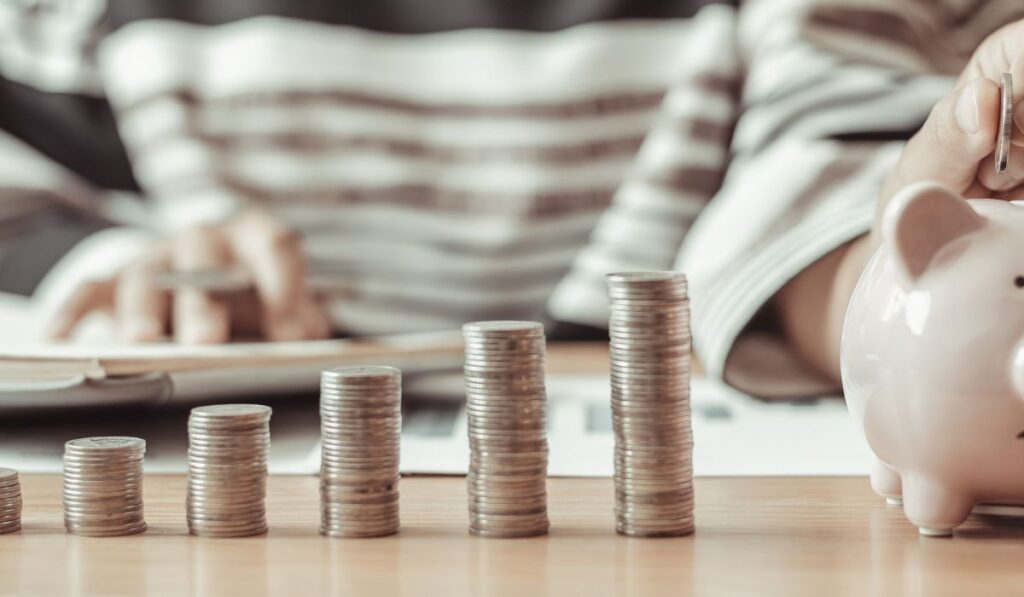According to Direct Energy, this is the breakdown of the biggest energy use categories in a typical home:
- Air conditioning and heating: 46 percent.
- Water heating: 14 percent.
- Appliances: 13 percent.
- Lighting: 9 percent.
- TV and Media Equipment: 4 percent.
It makes sense to focus on the worst offenders. How can we be more energy conscious, save on fuel, and trim our bills?
Here are some tips and gadgets that might help:
AC and Furnace:
- Have these tuned up annually. The more efficiently your mechanical equipment runs, the more energy efficient your usage will be.
- Be sure to replace (or clean) your furnace filters every 3 months. A plugged filter makes your equipment less efficient, and that costs you money. If you’ve never done this, watch this simple tutorial and you’ll be able to take care of it easily!
- You can get filters at any hardware store or online. If you need a place to start, Amazon.ca has a wide selection.
- If your furnace is between 7-15 years old, consider signing up for a Heating Protection Plan from Enercare. This plan costs $17.99/month and offers the peace of mind of knowing that you’re covered on the coldest days of the year. (Because we all know that’s when the furnace breaks down.) Check out what’s included here.
- Turn your ceiling fans to rotate clockwise in the winter months. There’s a whole scientific explanation for this, so if you’d like to geek out over why this works, click here [Tip: Lie below the fan and look straight up at it to determine which way is clockwise]
- Don’t block vents. This may sound obvious, but take a look at your furniture placement: does it promote air flow throughout the space around the vent, or does it create a wall that blocks some of the circulation?
- Especially if you live in an older home, you may find that some simple vent booster fans help to even out the circulation of the heated air. There are different types that you may want to try.
- Here’s the toughest one… For best economy, these are the suggested temperature settings:
- 78F/25.6C in the summer
- 65F/18.3C in the winter – you may need to break out sweaters and blankets.
Water Heater/Hot Water Tank:
- Though you may not give much thought to this appliance, you can control the temperature setting to save a little on heating costs. Set it to 120F/49C or lower to prevent waste when you’re at home. You can also set it even lower when you’re away on vacation. Just remember to turn it back up when you get back! That first shower will be much more pleasant.
- Install low flow/water conserving shower heads.
- Insulate hot water pipes to conserve heat.
Appliances
➡️ Refrigerator:
- Organize your fridge to space out items and reduce the amount of time the door stays open. Check out this helpful video of organizing tips!
- Set the fridge to the recommended temperature in your owner’s manual.
- Clean in and around the appliance regularly to ensure good airflow.
- Consider replacing an old fridge, if possible. Newer models tend to be more energy efficient.
➡️ Washer/Dryer:
- Wash full loads (in cold water, where possible)
- Clean lint traps and dryer vents regularly.
- Air dry clothes on drying racks or clotheslines if you can.
- Run machines at off-peak hours whenever possible.
➡️ Dishwasher:
- Wash full loads. [this can actually be more efficient than hand washing]
- Turn off “heated dry” setting.
- Give dishes a quick pre-rinse to avoid having to run a second cycle.
Lighting:
- Always turn off lights when you leave the room.
- Convert to LED light bulbs.
- Add motion sensors where it makes sense to do so.
TV & Media Equipment:
- Deactivate standby mode and quick-start settings.
- Turn down screen brightness on televisions and monitors.
- Always turn off electronics when they’re not in use, or use a power bar that you can turn off.
- You can also try using a power saver device to stabilize and balance power consumption. Here’s an example of one.





